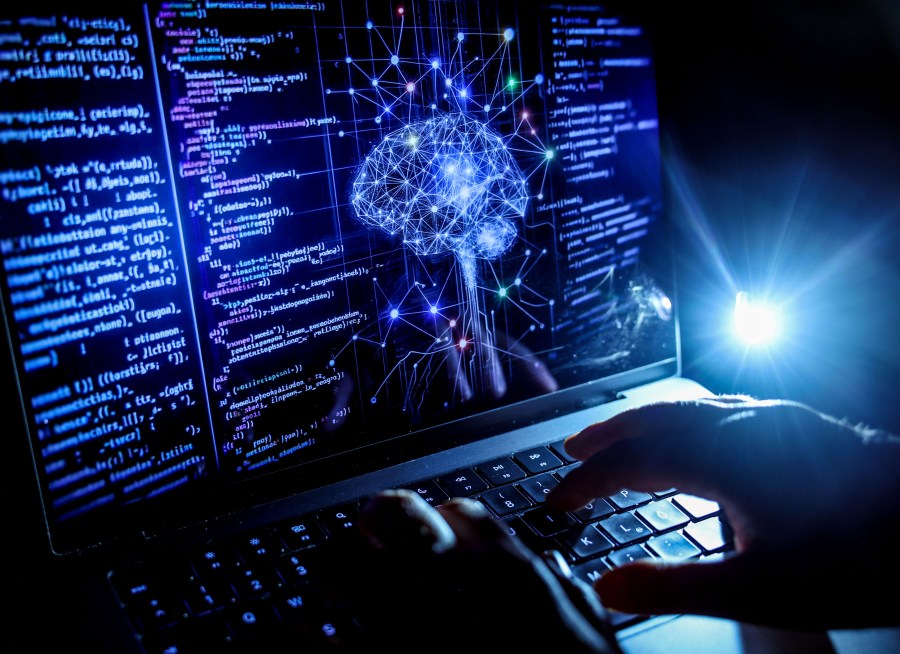HONOLULU (KHON2) — In a recent discussion with KHON2.com, Jade Butay, Director of the Department of Labor and Industrial Relations (DLIR) in Hawaiʻi, shared his insights on how the state is preparing for the impacts of artificial intelligence (AI) on the job market.
Butay, who has been in his role since December 2022, brings extensive experience from his previous position as Director of the Department of Transportation.
Butay acknowledged the growing concern about AI potentially taking over jobs traditionally held by humans.
However, he emphasized that many jobs in Hawaiʻi, such as those in management, nursing, carpentry, electrical work and plumbing, are unlikely to be replaced by AI anytime soon.
“I don’t think AI is gonna replace management, nurses, carpenters, electricians, and plumbers anytime soon,” Butay stated. Instead, he highlighted AI’s potential to streamline processes and assist human workers rather than replace them.
Butay stressed the importance of lifelong learning and skill acquisition to remain relevant in an evolving job market.
“Building your skills in areas like leadership and interpersonal skills can make you more valuable to your employer since AI, I don’t think, can develop these abilities anytime soon,” he added. He believes that as some careers undergo significant transformation due to AI, acquiring new skills and embracing lifelong learning will be essential for staying relevant.
The DLIR has been proactive in preparing the workforce for an AI-driven future. One key initiative is the Hawaiʻi Career Acceleration Navigator (HI CAN), a job portal that leverages AI to provide data-driven job recommendations.
“The AI does the job matching by scrubbing a person’s resume and gives recommendations based on their skills and experience,” Butay explained. This platform helps individuals explore new career paths and training programs, making it easier for them to adapt to changes in the job market.
Butay also addressed the pressing issue of affordable housing and the growing number of working unsheltered individuals in Hawaiʻi. He highlighted the state’s significant affordable housing challenges, exacerbated by high property values and external investors.
“Without affordable housing, workers who are critical to our economy cannot afford to stay or live in Hawaiʻi,” Butay emphasized. The state has one of the highest per capita homelessness rates in the country, with many individuals being temporarily homeless due to economic distress.
Governor Josh Green’s initiative to build kauhale — extremely affordable housing communities — aims to provide housing at approximately $500 per household per month or 30% of household income. This initiative is part of a broader strategy to support unsheltered individuals.
DLIR offers various programs to help these individuals gain job training and find employment. “We need everybody to work,” Butay stated, noting that DLIR’s district managers assist clients not only in finding jobs but also in securing housing.
Butay highlighted several programs aimed at supporting vulnerable populations. The Senior Community Service Employment Program (SCSEP) provides job training for low-income individuals aged 55 and older, helping them transition to unsubsidized employment.
Additionally, the Work Opportunity Tax Credit offers federal tax incentives to employers who hire individuals from targeted groups facing employment barriers.
The recent Maui fires underscored the need for comprehensive support systems. DLIR received a national dislocated worker grant to provide disaster relief employment and training activities, helping those impacted by the fires get back on their feet.
“We’ve been doing everything we can to help the people that were impacted,” Butay affirmed.
Overall, Butay’s insights reflect a proactive approach to integrating AI into the workforce and addressing the complex challenges of affordable housing and working unsheltered individuals.
His emphasis on lifelong learning, skill acquisition and targeted support programs highlights the state’s commitment to creating a resilient and inclusive future for Hawaiʻi’s workforce.
